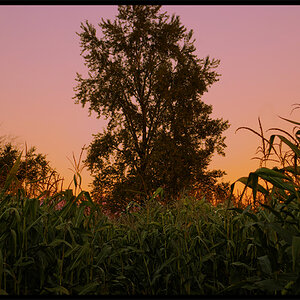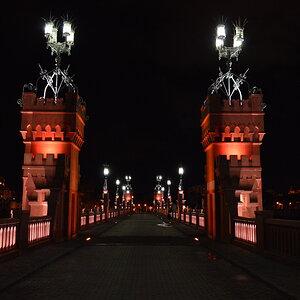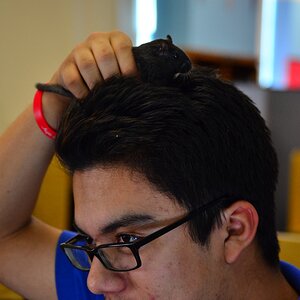andmart1
TPF Noob!
- Joined
- May 3, 2015
- Messages
- 14
- Reaction score
- 2
- Can others edit my Photos
- Photos NOT OK to edit
I would like to apologize in advance if this type of thread is already existent here or if I was not supposed to create a new thread. I'm newbee in photography and I just found this forum today.
I've been reading "the beginners posts" for about 2 hours and I didn't find a answer to my question so...
I am not a professional photographer but I've been taking many many pictures for friends, families, landscape and so on, all for free but I always try my best to make the best picture that I can.
One thing that is bordering me a LOT is the fact that I shoot just RAW format now (before I was shooting RAW+Fine but I was not using them both, so I changed it to just RAW).
First thing I noticed was that the image I was seeing on my camera was different from what I ended up on my computer.
Second thing that is bothering me too much is that even if I am shooting RAW, when I upload it to my "iPhotos" it apears to be RAW but onde I open it on my computer files or on Photoshop it is a JPG format???? How come??????????????? I must be doing something completely wrong and I really want to know what?!?!!??! Pleasae someone help me!
The last thing I noticed and in many many times is even making me loose many good photos is because the image, once on my computer, it becomes really darker on my MAC. At first I thought I was taking pictures somehow wrong ( wrong aperture, shutter speed,Low ISO) I even stopped taken pics on manual and I took some on Aperture priority where I could adjust the "exposure compensation" just to make sure that my pictures were "well exposed"... but once again, on my pc my pictures became darker. It is really bad! Specially in low light photos, i ended up with really dark photos. Sometimes I can't fix it, I lost a lot of details on my images because of that. When I try to correct many of these images, (even if I used ISO 100- the lowest in my camera) I have a lot of noise on my images which makes me feel really sad.
I don't have high end equipment. I just have a Nikon D3200 and 4 types of lenses. But even shooting with prime lenses, the same problem is happening!
right now I just switched to RAW+ Fine again to test it. Once I transfered the images to my pc both became jpg and JPG . One darker than it was supposed to be with noise. =/
Can someone please help me with this issue?
Thanks.
I've been reading "the beginners posts" for about 2 hours and I didn't find a answer to my question so...
I am not a professional photographer but I've been taking many many pictures for friends, families, landscape and so on, all for free but I always try my best to make the best picture that I can.
One thing that is bordering me a LOT is the fact that I shoot just RAW format now (before I was shooting RAW+Fine but I was not using them both, so I changed it to just RAW).
First thing I noticed was that the image I was seeing on my camera was different from what I ended up on my computer.
Second thing that is bothering me too much is that even if I am shooting RAW, when I upload it to my "iPhotos" it apears to be RAW but onde I open it on my computer files or on Photoshop it is a JPG format???? How come??????????????? I must be doing something completely wrong and I really want to know what?!?!!??! Pleasae someone help me!
The last thing I noticed and in many many times is even making me loose many good photos is because the image, once on my computer, it becomes really darker on my MAC. At first I thought I was taking pictures somehow wrong ( wrong aperture, shutter speed,Low ISO) I even stopped taken pics on manual and I took some on Aperture priority where I could adjust the "exposure compensation" just to make sure that my pictures were "well exposed"... but once again, on my pc my pictures became darker. It is really bad! Specially in low light photos, i ended up with really dark photos. Sometimes I can't fix it, I lost a lot of details on my images because of that. When I try to correct many of these images, (even if I used ISO 100- the lowest in my camera) I have a lot of noise on my images which makes me feel really sad.
I don't have high end equipment. I just have a Nikon D3200 and 4 types of lenses. But even shooting with prime lenses, the same problem is happening!
right now I just switched to RAW+ Fine again to test it. Once I transfered the images to my pc both became jpg and JPG . One darker than it was supposed to be with noise. =/
Can someone please help me with this issue?
Thanks.


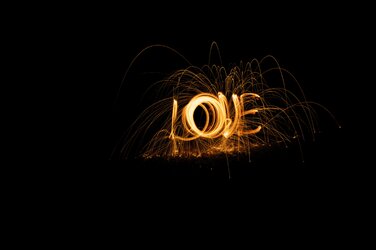
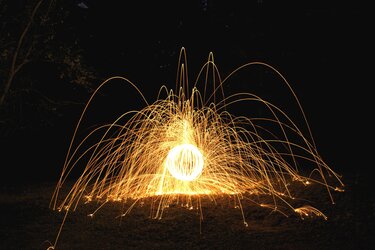
 I have tons of RAW images on Iphoto (which transferring to my pc becomes jpg). Many of them I would love to get the chance to edit in really RAW format (I erased them from my memory card) . There are any way to transfer those pictures back to some place in RAW ?
I have tons of RAW images on Iphoto (which transferring to my pc becomes jpg). Many of them I would love to get the chance to edit in really RAW format (I erased them from my memory card) . There are any way to transfer those pictures back to some place in RAW ?
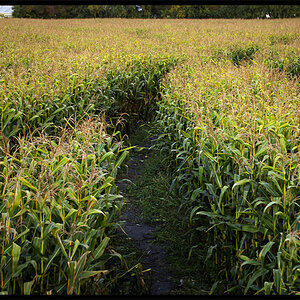
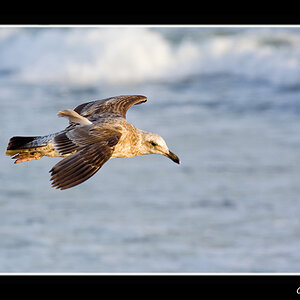
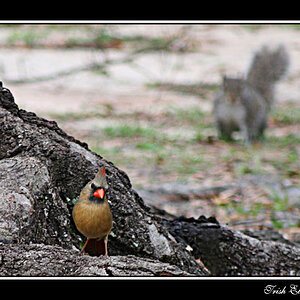
![[No title]](/data/xfmg/thumbnail/30/30873-79f4c5bc298110a994e9eed027728db8.jpg?1619734490)
![[No title]](/data/xfmg/thumbnail/39/39291-a89dc472765e04f66f617dd9acc8030d.jpg?1619738958)
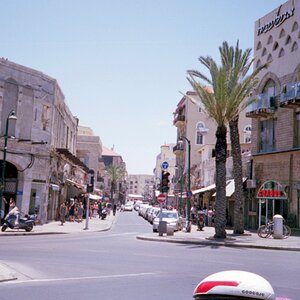
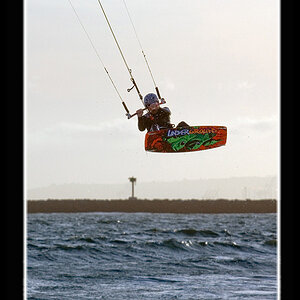
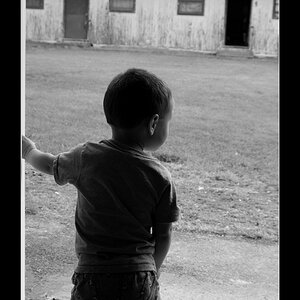
![[No title]](/data/xfmg/thumbnail/39/39294-339c772c727b255b9451f2639f2bc28e.jpg?1619738959)
